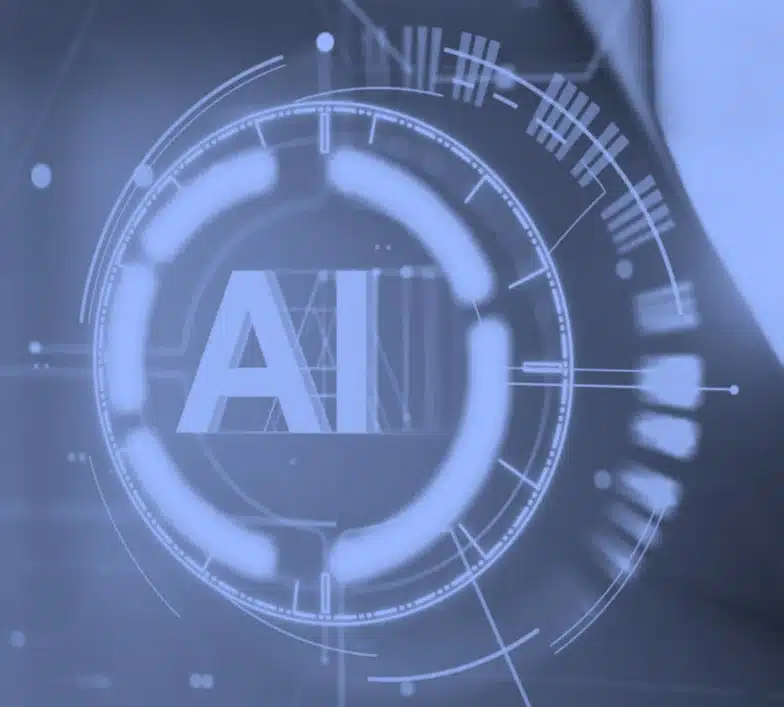By Nancy Marino, Associate Partner Columbus Consulting

Companies in every industry are facing challenging new workforce trends that are prompting them to reexamine their operating models. Technology is evolving faster and faster and solutions associated with the cloud, digitization and now artificial intelligence (AI) are forcing companies to confront the problem of balancing automation with humans. People’s expectations about how, when, and where to work are dramatically changing and an uncertain economy is creating a challenging job market, where in some industries there are not enough employees to fill available positions.
If not addressed proactively these disparate forces can overwhelm an organization as tasks are redundant, communication between functions and employees are hampered, technology is used or deployed inconsistently, all leading to inefficiencies, stifling innovation and resulting in higher costs.
The remedy is to redefine the workforce composition to ultimately unlock improved productivity and better resource allocation, enhance agility for the organization, increase engagement and greater flexibility. And cultivate more opportunities for employees to learn new skills.
There is no question that generative AI will disrupt how businesses and people work. Minimizing the shock to the workforce, managing organizational risk, and realizing the full value of adopting technology is possible through a cross-functional approach focused on four key areas: Identifying capabilities; roles and enablers; addressing risk and compliance; activating role augmentation; capturing value.
Workforce transformation, through clear communication of company direction and goals is at the center of realizing quantifiable value through generative AI. Unifying the technology, workforce impacts and opportunities with the risk of responsible AI considerations is critical to the successful launch of a generative AI program. Generative AI is a step-change in technology enabled working. Traditional AI and machine learning have excelled at numerical processing accelerating specific tasks. Generative AI spurs innovation in all kinds of roles by drawing from its massive foundation and organized knowledge handling simple workflow automations, while supporting and informing knowledge to workers, super-charging their creativity and decision-making.
This creates huge opportunities to augment the power of people quickly and drive business forward. The key is building an intentional and sustainable strategy of upskilling and augmenting current roles. To accomplish this requires a focus of how AI can be applied to not replacing workers, but to empower them to be more productive on high-value tasks.
This change of workforce composition, roles, skills, and organization structure, alongside generative AI systems is imperative. Companies that collaborate cross-functionally to deploy generative AI will gain a competitive advantage.
In order to succeed organizations must conduct a holistic approach to workforce transformation. By thoughtfully deploying generative AI across critical roles will improve productivity, cost efficiency, innovation velocity and revenue growth all without leaving humans behind.
Transforming the workforce with generative AI: Critical success factors for scaling AI
- Identify capabilities, roles and enablers: Identifying roles where generative AI can have an impact in all functional areas
- Addressing risk and compliance: Formation of an AI center of excellence to oversee policies, legal, governance
- Activating workforce and operating model adoption: Training employees to get the most of new tools and discover what workers are doing differently now that their roles have been disrupted and reconstructed
- Capturing value: Capture productivity and capacity through SG&A savings, re-investment and reskilling employees to take on more strategic roles as tasks are automated.
Change Management:
For generative AI to be successfully implemented the workforce needs to understand and embrace it. That means that the organization must do its part to identify the opportunities and risks to workforce stability and business continuity and proactively develop a plan for managing the workforce transformation. That includes talent planning, both to understand the opportunities for sourcing workers and to evaluate the types of skills required for new generative AI working models. It also means reimaging the employee experience, including reviewing how the workforce is evaluated and rewarded and how new roles might impact morale and productivity. It is imperative to identify and protect critical roles so that the business can continue to deliver for customers through workforce reengineering.
ABOUT NANCY MARINO
Nancy Marino is an Associate Partner at Columbus Consulting with a proven track record of successfully leading retailers and brands for implementation of processes from design to delivery and development of their Go-To-Market strategies. She is respected for her leadership skills and project management oversight for executing system initiatives and international acumen having managed global sourcing and buying offices in over 50 counties. Nancy is a decision leader and change management expert. She is an adjunct professor at FIT and is pioneering leadership in the PLM AI retail space.
ABOUT COLUMBUS CONSULTING
Columbus Consulting delivers solutions that drive true value and have been transforming the retail and CPG industries for over two decades. We are a retail consulting company of industry experts. Our approach is simple, if you do it, we do it. We are more than consultants; we are experienced practitioners who actually sat in our clients’ seats. We understand the challenges, know what questions to ask and deliver the right solutions. Columbus offers a unique, consumer-centric approach with an end-to-end perspective that bridges functional & organization silos from strategy to execution. Our specialties include: unified commerce, merchandising & category management, planning & inventory management, sourcing & supply chain, data & analytics, accounting, finance & operations, people & organization and information technology. Let us know how we can help you. To learn more, visit COLUMBUSCONSULTING.COM.
